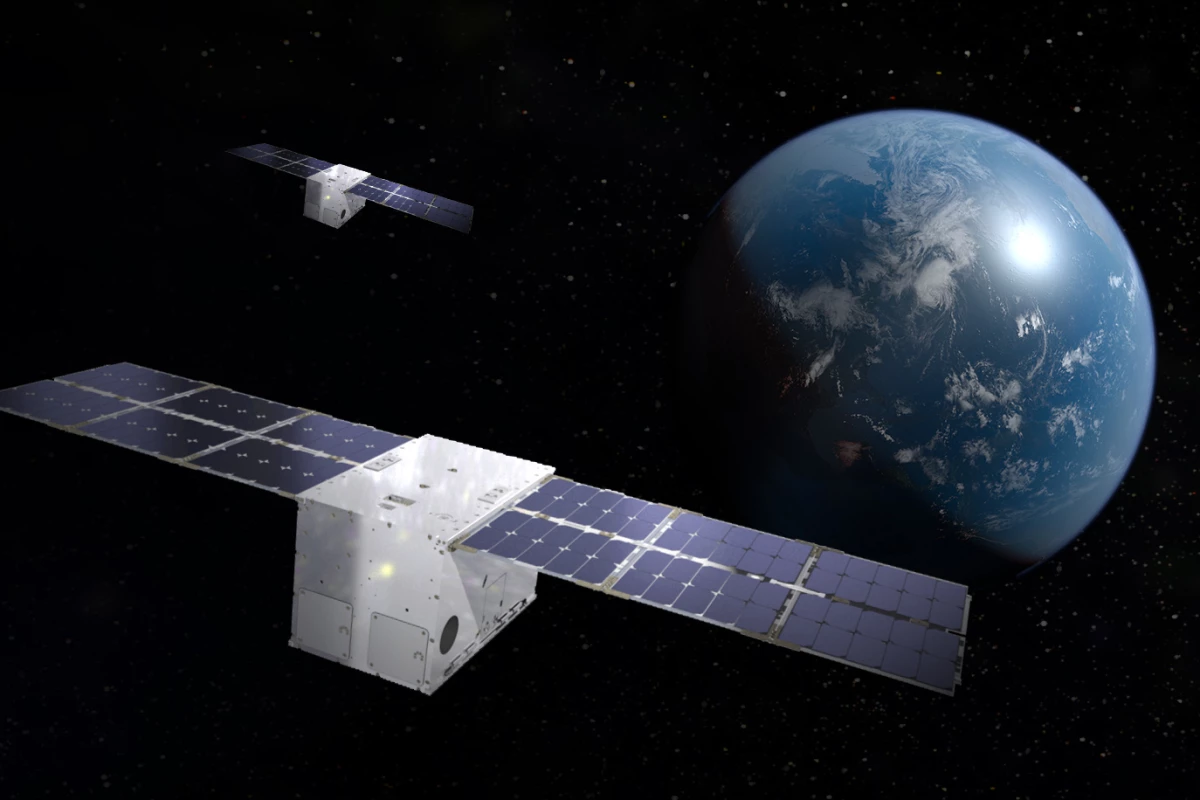Lockheed Martin is looking to give diminutive CubeSats a pretty big job – regularly updating existing satellite constellations in orbit. Lockheed Martin’s IN-space Upgrade Satellite System (LINUSS) is a new CubeSat family designed to demonstrate technologies to perform such tasks and it has finished environmental testing and will be used on future missions to test new small satellite capabilities.
Modern Earth satellites have progressed far beyond the time when they were generally one-offs designed to work alone. Today, satellites commonly work in increasingly larger and more interactive constellations. This greatly improves their capabilities, but it also makes maintaining them an expensive proposition.
Filling in coverage gaps or upgrading a constellation can involve launching large satellites and rendering perfectly good spacecraft obsolete or enduring increasingly poor service until technology has advanced far enough to warrant a major overhaul, both approaches of which are more than a little bit wasteful. A more efficient proposition is to use CubeSats to handle the upgrades, as well as providing platforms to test new technologies quickly and cheaply.
LINUSS consists of a pair of LM 15 CubeSats, each of which is about the size of a double toaster, that were developed with Tyvak Nano-Satellite Systems, with Lockheed providing the electro-optical payload decks. Solar panels produce up to 250 W of power for the craft which will have an endurance of up to five years.
These will be placed in Geosynchronous Earth Orbit (GEO) at an altitude of about 22,236 miles (35,786 km), where they will carry out their primary mission of demonstrating the CubeSat's maneuvering capabilities for future upgrade and servicing missions. In addition, they will test a miniaturized system for space domain awareness, or the ability to detect, track, and identify inactive satellites, spent boosters, and other debris.
These demonstrations will include onboard high-performance data processing, a low-toxicity propulsion system from VACCO, and inertial measurement units, machine vision, 3-D printed components, and SmartSat software from Lockheed. The eventual goal is to certify the technology to support Lockheed's LM 2100 satellite bus platforms, beginning with GPS IIIF Space Vehicle 13.
“Given we are well known for our systems integration work on large satellite systems, some people are surprised to learn Lockheed Martin has launched over 150 small satellites since 1997,” says Dr. David J. Barnhart, LINUSS Program Director. “LINUSS has higher bus density, payload accommodation, and on-orbit processing than any other CubeSat, enabling revolutionary mission capabilities in the future. Early customer community feedback has called LINUSS 'the most capable CubeSat pair off the planet.'”
Source: Lockheed Martin





